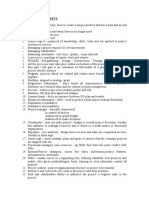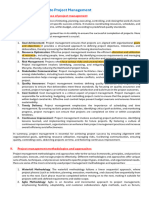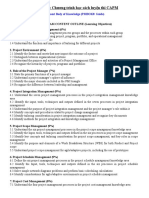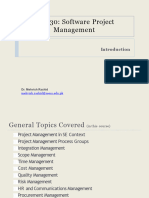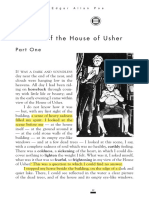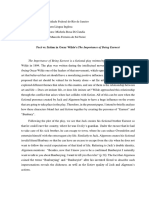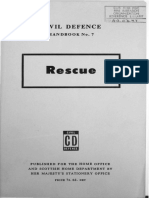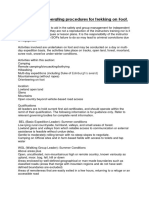0% found this document useful (0 votes)
91 views3 pagesProject Management Simplified Notes
The Project Management Simplified Study Guide outlines the essential phases and components of project management, including initiation, planning, execution, monitoring, and closure. It emphasizes the importance of defining project scope, managing time, cost, and quality, and addressing risks while fostering effective team structures and communication. The guide also highlights the significance of supply chain management and the evaluation of project completion and lessons learned.
Uploaded by
suyoc01Copyright
© © All Rights Reserved
We take content rights seriously. If you suspect this is your content, claim it here.
Available Formats
Download as PDF, TXT or read online on Scribd
0% found this document useful (0 votes)
91 views3 pagesProject Management Simplified Notes
The Project Management Simplified Study Guide outlines the essential phases and components of project management, including initiation, planning, execution, monitoring, and closure. It emphasizes the importance of defining project scope, managing time, cost, and quality, and addressing risks while fostering effective team structures and communication. The guide also highlights the significance of supply chain management and the evaluation of project completion and lessons learned.
Uploaded by
suyoc01Copyright
© © All Rights Reserved
We take content rights seriously. If you suspect this is your content, claim it here.
Available Formats
Download as PDF, TXT or read online on Scribd
/ 3






















